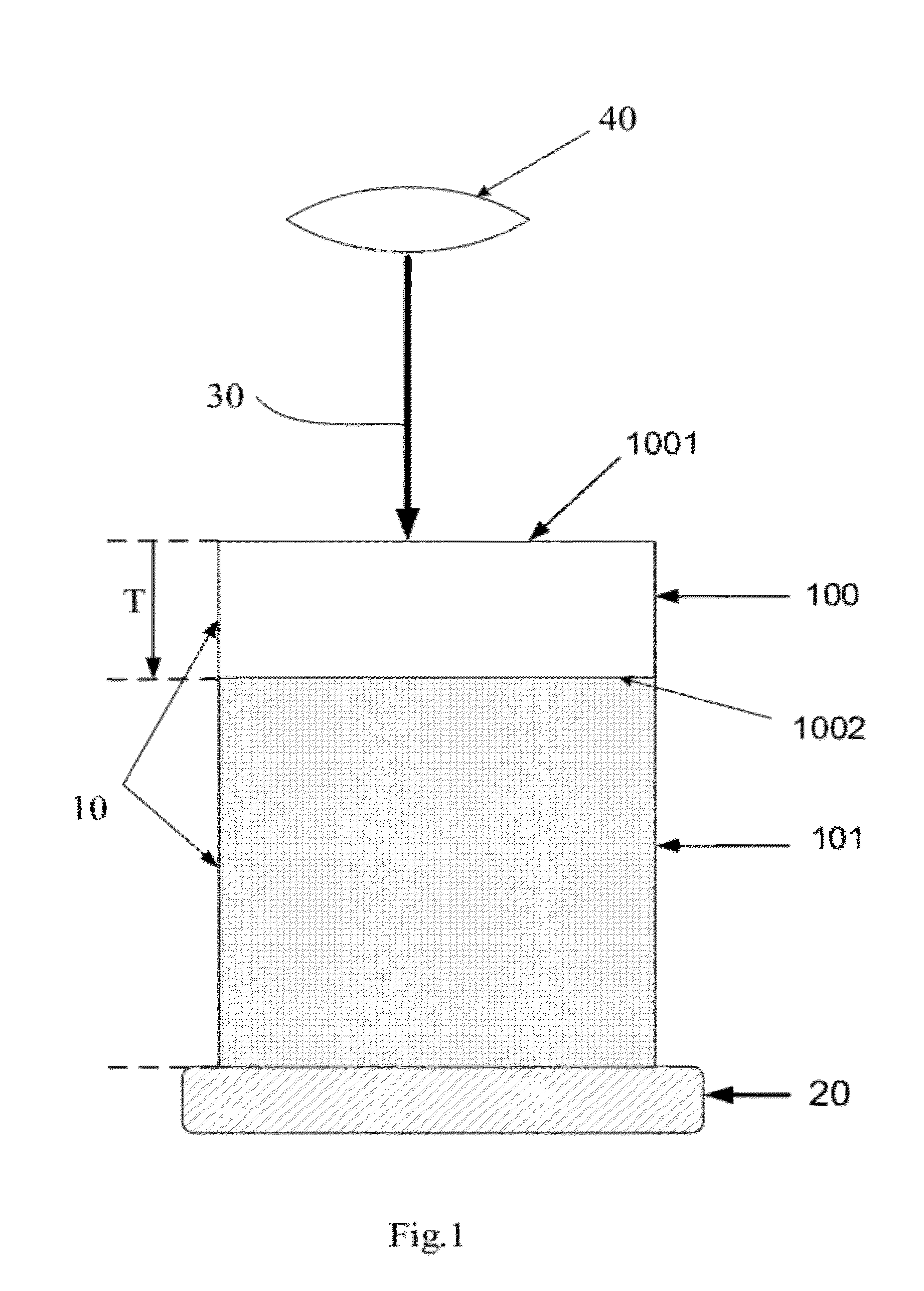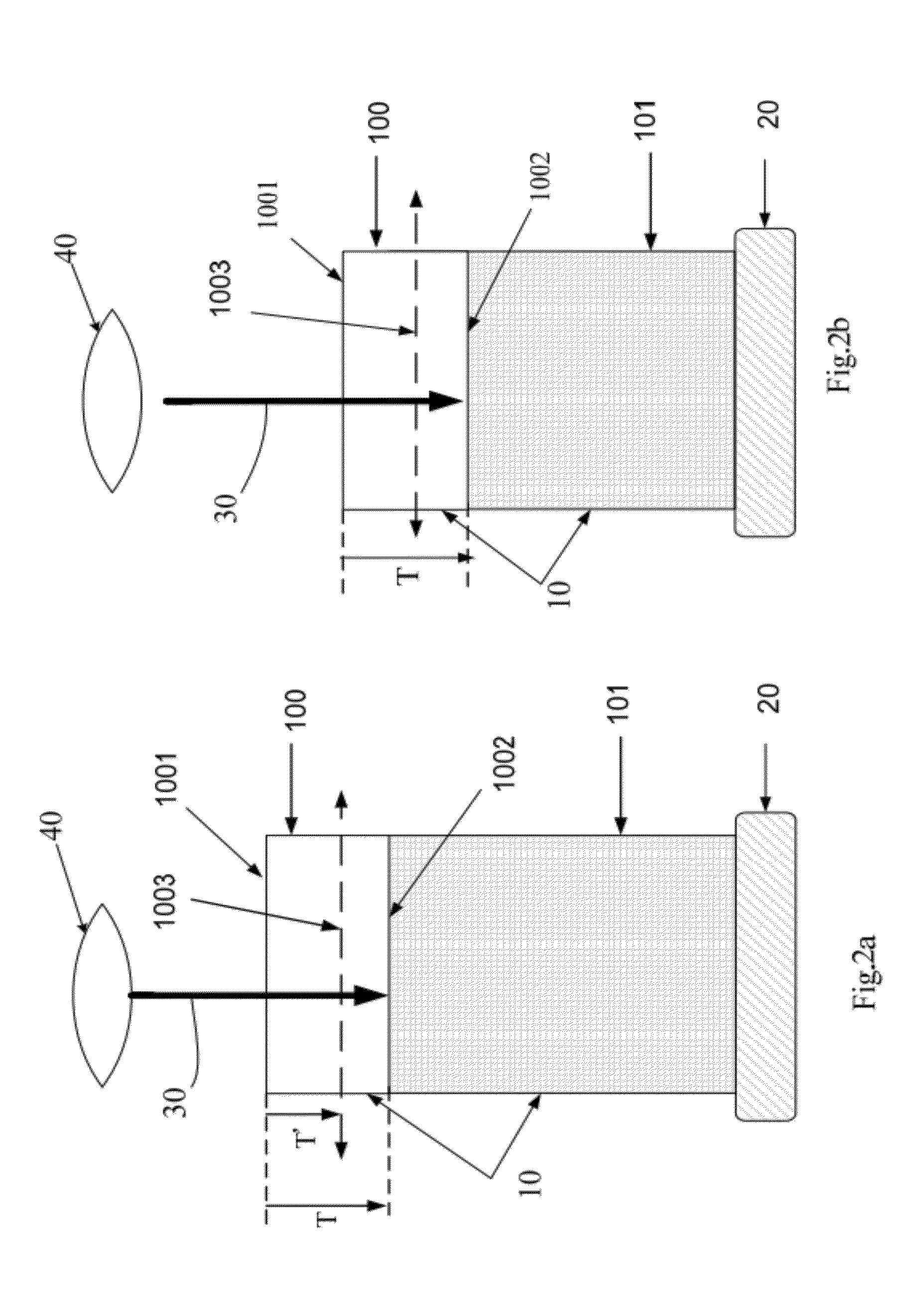Method for 3-dimensional microscopic visualization of thick biological tissues
a biological tissue and microscopic visualization technology, applied in the field of 3d visualization of thick biological tissue, can solve the problems of reducing the field of 3d imaging, and reducing the depth of imaging depth
- Summary
- Abstract
- Description
- Claims
- Application Information
AI Technical Summary
Benefits of technology
Problems solved by technology
Method used
Image
Examples
Embodiment Construction
[0014]The present invention will be described in detail using the following embodiments and it will be recognized that those descriptions and examples of embodiments are used to illustrate but not to limit the claims of the present invention. Hence, other than the embodiments described in the following, the present invention may be applied to the other substantially equivalent embodiments.
[0015]A method for visualizing the 3-dimensional microstructure of a thick biological tissue is disclosed in present invention. This method includes: utilizing a technique to increase the imaging depth of a tissue, scanning and capturing images of the tissue within the boundary plane where the limitation of imaging depth occurs, defining a removal plane upper than the boundary plane, and removing the tissue above the removal plane. Because the source of light scattering is largely reduced by tissue removal, the second round of imaging acquisition can be performed to extend the imaging depth to new ...
PUM
 Login to View More
Login to View More Abstract
Description
Claims
Application Information
 Login to View More
Login to View More - R&D
- Intellectual Property
- Life Sciences
- Materials
- Tech Scout
- Unparalleled Data Quality
- Higher Quality Content
- 60% Fewer Hallucinations
Browse by: Latest US Patents, China's latest patents, Technical Efficacy Thesaurus, Application Domain, Technology Topic, Popular Technical Reports.
© 2025 PatSnap. All rights reserved.Legal|Privacy policy|Modern Slavery Act Transparency Statement|Sitemap|About US| Contact US: help@patsnap.com



